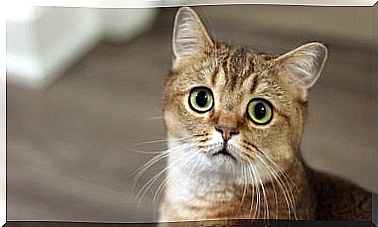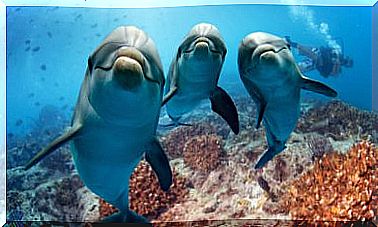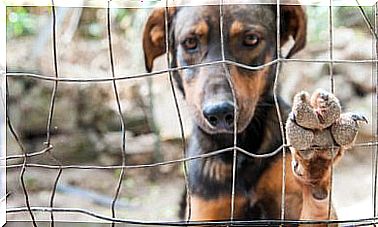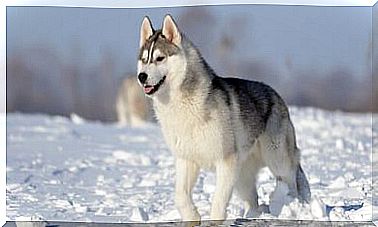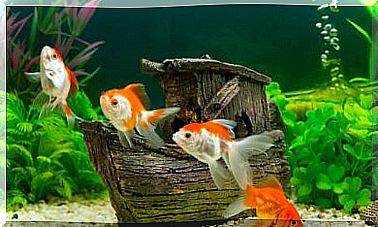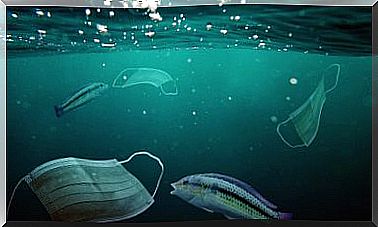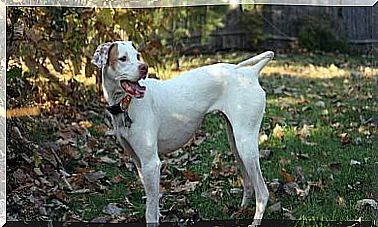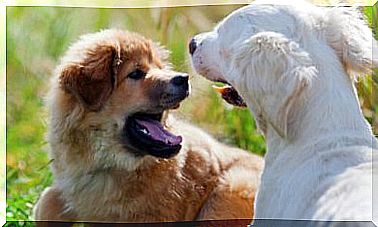The 25 Bats Of The Iberian Peninsula

Bats are a zoological group made up of more than 900 species. Have you ever wondered which ones you can see in the Iberian Peninsula? Find out below.
The 25 bats of the Iberian Peninsula
Genus Rhinolophus
Rhinolophus ferrumequinum
Also known as “large horseshoe bat”. It can measure up to 71mm long and weigh 34 grams. It is distributed throughout almost the entire peninsula. He takes refuge in both houses, mines and caves.
Rhinolophus hipposideros
Known as “small horseshoe bat”. It can measure up to 45mm long and weigh 9 grams. It is a sedentary species, distributed throughout almost the entire peninsula, with a preference for wooded territories or agricultural areas.
Rhinolophus euryate
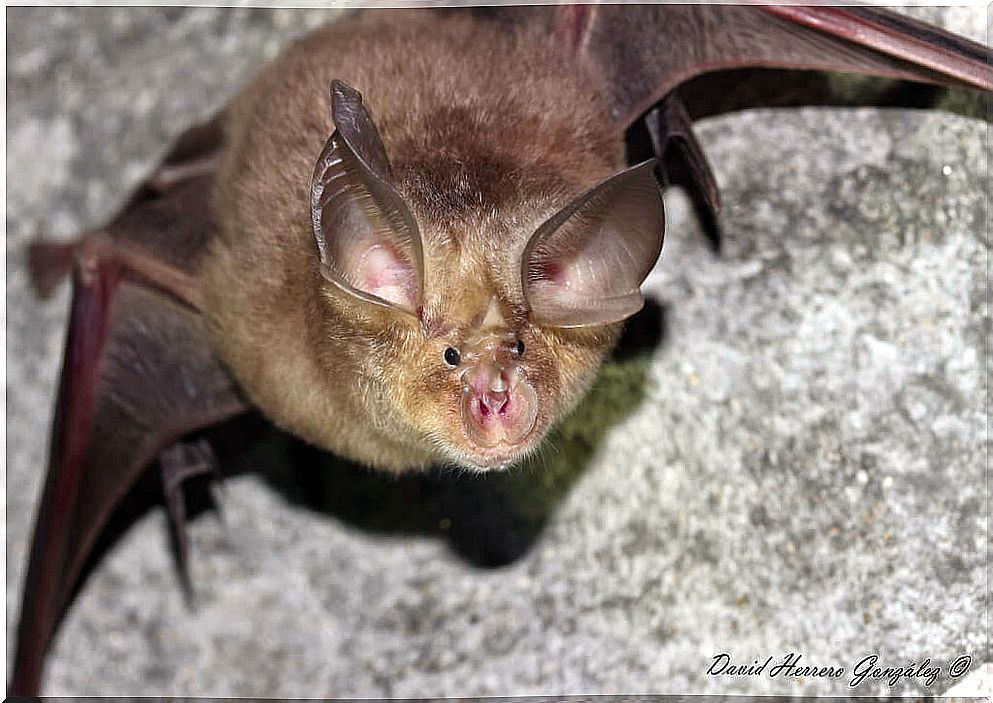
Known as “Mediterranean horseshoe bat”. It can measure up to 58mm long and weigh 17 grams. It prefers warm areas, with abundant caves and wooded areas.
Rhinolophus mehelyi
Known as “medium horseshoe bat”. It can measure up to 64mm long and weigh 18 grams. It is a sedentary species, locatable in olive groves and steppe areas of southwestern Spain.
The 25 bats of the Iberian Peninsula: the genus Nyctalus
Nyctalus leisleri
Known as “small noctule”. It can measure up to 68mm long and weigh 20 grams. It is a migratory species that prefers forest habitats.
Nyctalus lasiopterus
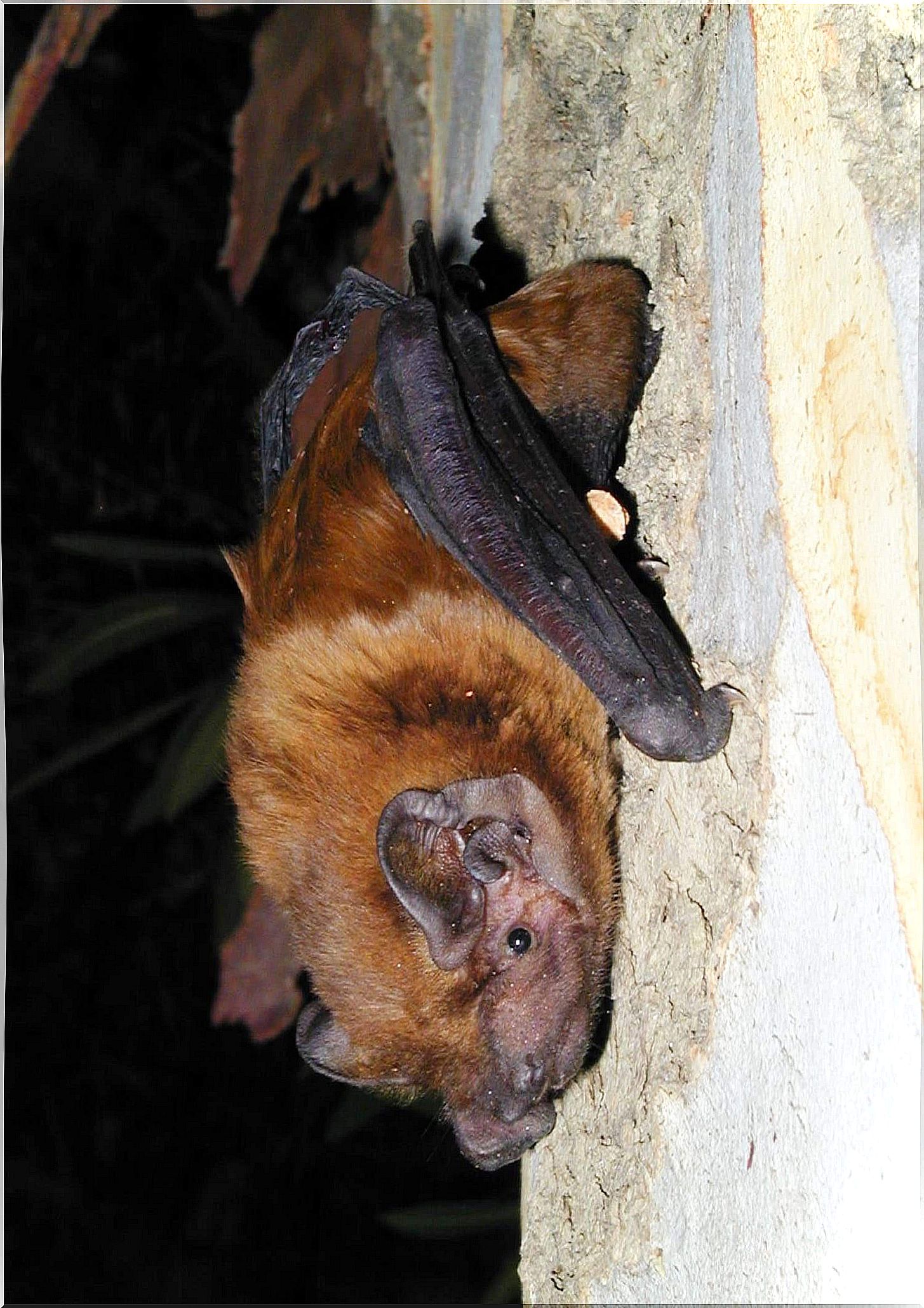
Known as “giant noctule”. It can measure up to 104mm long and weigh 76 grams. It is a migratory species that shows a preference for forest biotopes.
Nyctalus noctula
Known as “common noctule”. It can measure up to 82mm long and weigh 40 grams. It is a migratory species that shows a preference for hollow trees as a refuge.
Genus Myotis
Myotis daubentoni
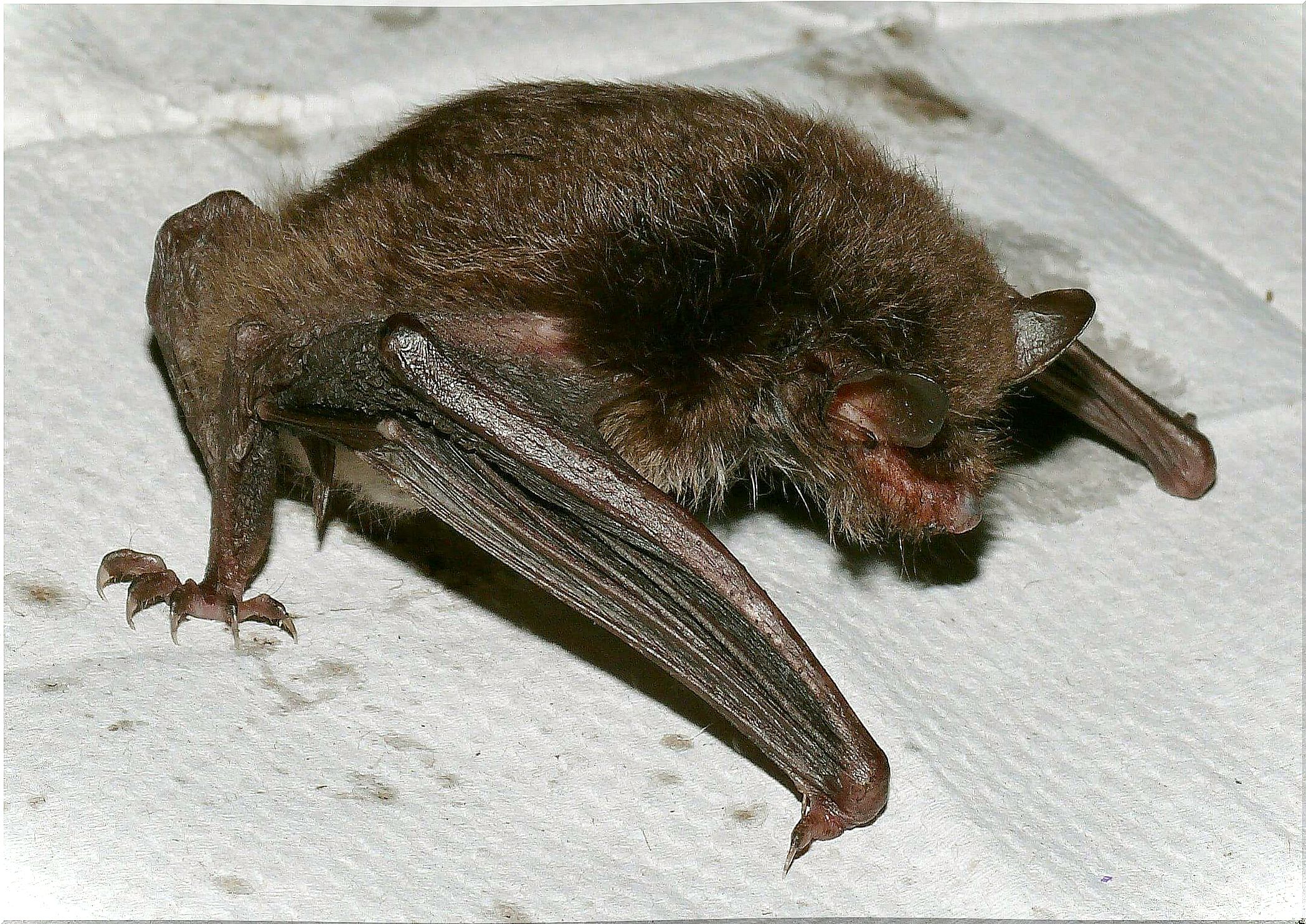
Known as “river bat”. It can measure up to 55mm long and weigh 15 grams. It prefers riparian biotopes and in summer it takes refuge in the hollows of the trees, in crevices, etc. In winter it is located in caves.
Myotis capaccinii
Known as “bigeye bat”. It can measure up to 53mm long and weigh 15 grams. It is a sedentary species that shows a preference for biotopes linked to water courses. Their shelters are all kinds of caves.
Myotis mystacine
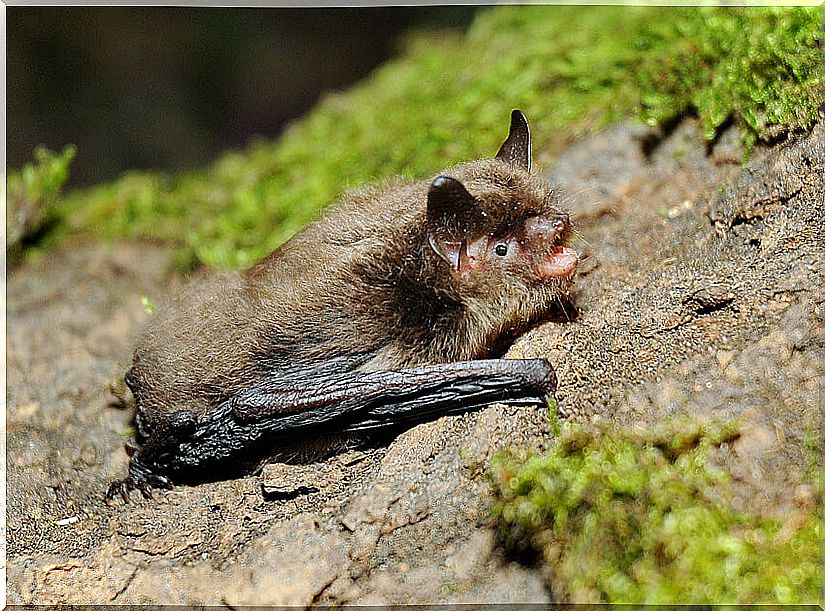
Known as a “mustachioed bat”. It can measure up to 48mm long and weigh 8 grams. In summer it takes refuge in trees and crevices; in winter, in caves and chasms.
Myotis emarginatus
Known as “Geofrey’s bat”. It can measure up to 53mm long and weigh 15 grams. It shows a preference for biotopes linked to watercourses and large tree cover. Their shelters are caves, building crevices, and attics.
Myotis nattereri
Known as “Natherer’s bat”. It can be up to 50mm long and weigh 12 grams. Their shelters are caves, fissures and crevices.
Myotis bechsteinii

Known as “Bechstein’s bat”. It can measure up to 55mm long and weigh 14 grams. It has a preference for wooded places, using them as a refuge.
Myotis myotis
Known as “big buzzard bat”. It can measure up to 79mm long and weigh 40 grams. It is one of the most common cave species, with a preference for caves, mines and tunnels.
Myotis blythii
Known as “medium buzzard bat”. It can measure up to 71mm long and weigh 28 grams. It is present in wooded and humanized areas, such as parks and gardens.
The 25 bats of the Iberian Peninsula: the genus Pipistrellus
Pipistrellus pipistrellus
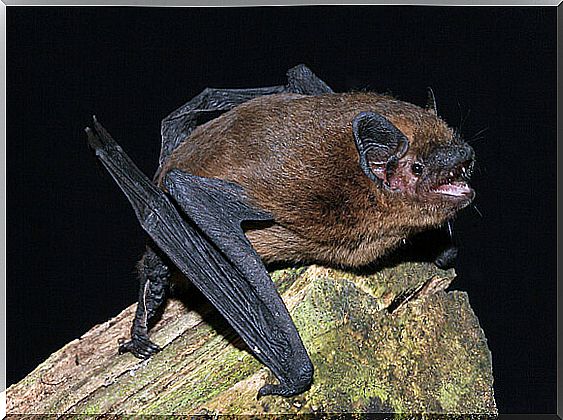
Known as the “common bat”, it is found throughout the peninsula. It can measure up to 51mm long and weigh 8 grams. It is a very ubiquitous and urban species.
Pipistrellus nathusii
Known as “Nathusius’s bat”. It can measure up to 55mm long and weigh 15 grams. It shows a preference for occupying the holes in trees and human constructions. In Spain its presence is purely seasonal.
Pipistrellus kuhlii
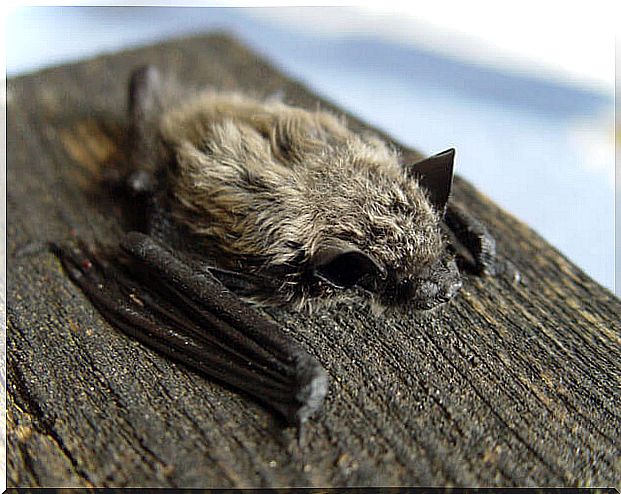
Known as a “light-edged bat.” It can measure up to 47mm long and weigh 10 grams. Shows preference for rural areas, using holes in human constructions.
Pipistrellus savii
Known as “mountain bat”. It can measure up to 54mm long and weigh 15 grams. Its habitat is the mountainous valleys, where it uses the crevices to hide, or the hollows of the trees.
Genus Plecotus
Plecotus auritus
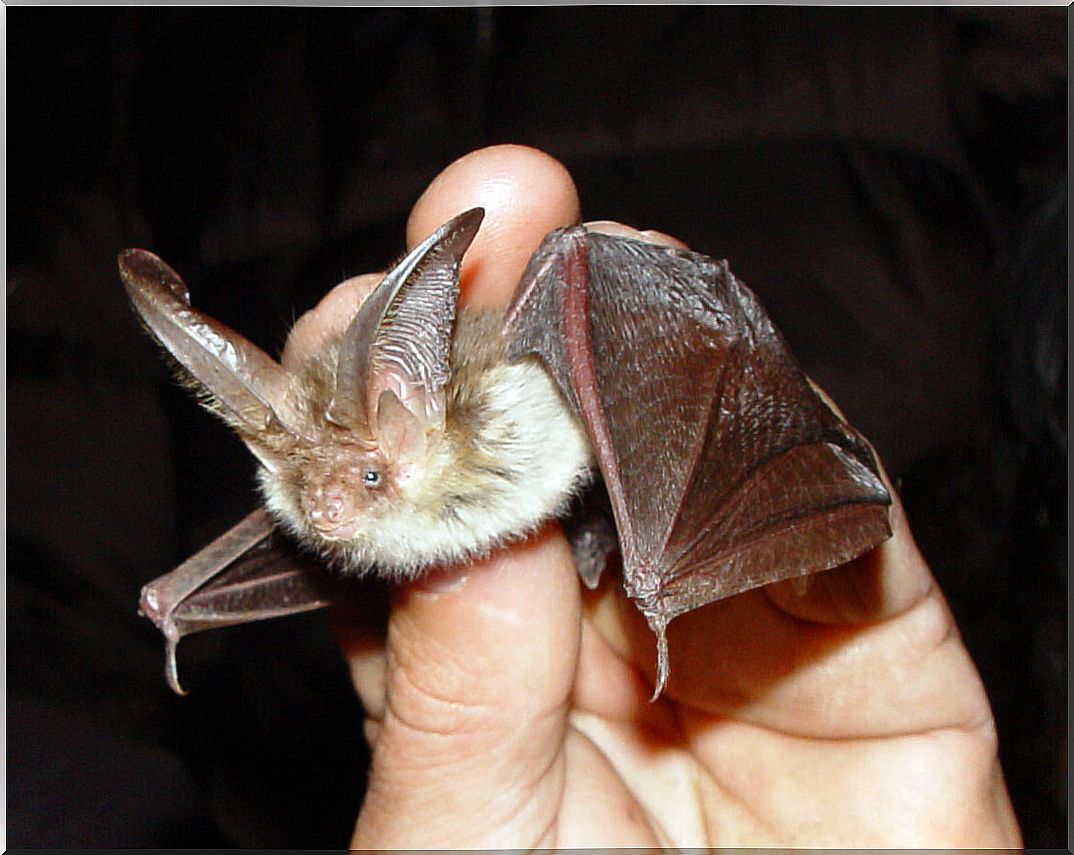
Known as “northern eared”. It can measure up to 53mm long and weigh 11 grams. Shows a preference for cold climates. It is located, above all, on the Cantabrian coast.
Plecotus austriacus
Known as “southern eared”. It can measure up to 58mm long and weigh 13 grams. It is of Mediterranean origin, but also present in the northwest of the peninsula. It takes refuge in caves, mines, tunnels and human buildings.
The 25 bats of the Iberian Peninsula: other genera
Tadarida teniotis
Known as a “tailed bat”. It can measure up to 92mm long and weigh 18 grams. It can be found in olive groves and steppe areas, throughout the peninsula.
Eptesicus serotinus
Known as “manger bat”. It can measure up to 82mm long and weigh 33 grams. It occupies large areas, preferring orchards and lagoons, parks and gardens. He takes refuge in human constructions.
Barbastrella basrbastrellus
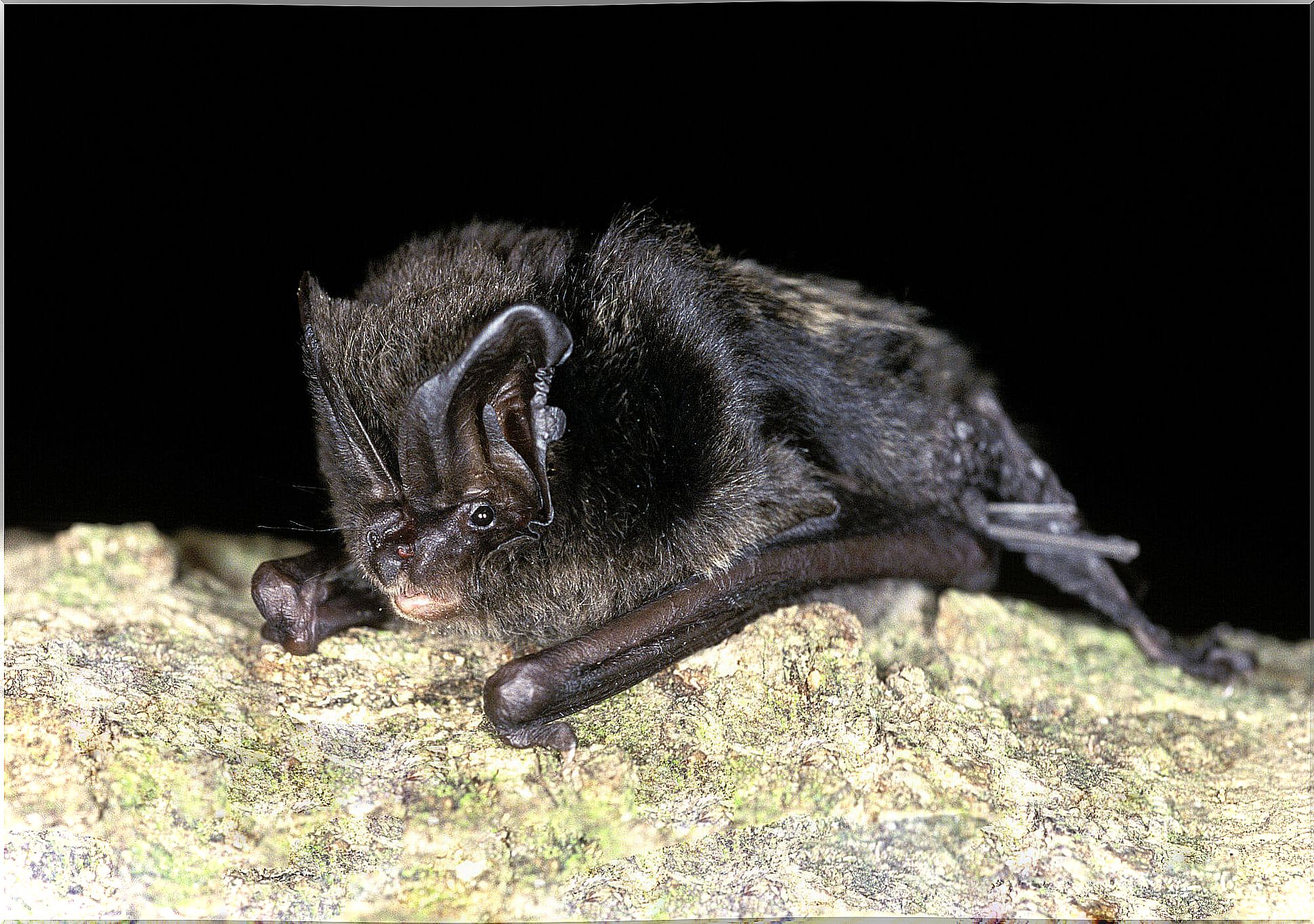
Known as “bat of the forest”. It can measure up to 58mm long and weigh 13 grams. It shows a preference for forested mountainous regions, but also for human populations.
Miniopterus schreibersi
Known as a cave bat. It can measure up to 62mm long and weigh 16 grams. It is a cave-dwelling migrant species, present throughout the peninsula.
